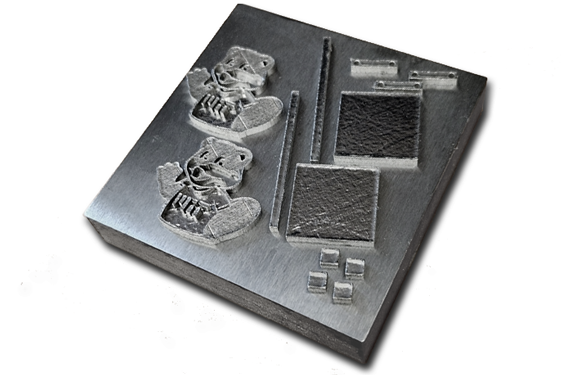Researchers strengthen Inconel 718 with nanocarbides
June 7, 2023

Researchers from the Massachusetts Institute for Technology (MIT), USA, and Istanbul Technical University, Türkiye, have reported what is claimed to be a relatively simple, inexpensive way to strengthen metal powders via the addition of ceramic nanowires. The paper, ‘Strengthening additively manufactured Inconel 718 through in-situ formation of nanocarbides and silicides,’ was published in Volume 76 of Additive Manufacturing.
“There is always a significant need for the development of more capable materials for extreme environments. We believe that this method has great potential for other materials in the future,” stated Ju Li, the Battelle Energy Alliance Professor in Nuclear Engineering and a professor at MIT’s Department of Materials Science and Engineering (DMSE).
The team’s approach begins with Inconel 718, a popular superalloy. The researchers milled commercial Inconel 718 powders with a small number of ceramic nanowires, resulting in “the homogeneous decoration of nano-ceramics on the surfaces of Inconel particles.” The resultant powder was then used to create parts via Laser Beam Powder Bed Fusion (PBF-LB) Additive Manufacturing.
The researchers reported that parts additively manufactured with their new machine-agnostic powder have significantly less porosity and fewer cracks than parts made of Inconel 718 alone. And that, in turn, leads to stronger parts that also have a number of other advantages, such as ductility and resistance to radiation and high-temperature loading.
Xu Song, an assistant professor at the Chinese University of Hong Kong who was not involved in the work, commented, “In this paper, the authors propose a new method for printing metal matrix composites of Inconel 718 reinforced by [ceramic] nanowires. The in-situ dissolution of the ceramic that is induced by the laser melting process has enhanced the thermal resistance and strength of Inconel 718. Moreover, the in-situ reinforcements reduced the grain size and got rid of flaws. Future 3D printing of metal alloys, including modification for high-reflectivity copper and fracture suppression for superalloys, can clearly benefit from this technique.”
Li stated that the work “could open a huge new space for alloy design” because the cooling rate of ultra-thin additively manufactured layers of metal alloys is much faster than the rate for bulk parts created using conventional melt-solidification processes. As a result, “many of the rules on chemical composition that apply to bulk casting don’t seem to apply to this kind of 3D printing. So we have a much bigger composition space to explore for the base metal with ceramic additions.”
Emre Tekoğlu, one of the lead authors of the Additive Manufacturing paper, added, “This composition was one of the first ones we decided on, so it was very exciting to get these results in real life. There is still a vast exploration space. We will keep exploring new Inconel composite formulations to end up with materials that could withstand more extreme environments.”
Alexander O’Brien, another lead author, concluded, “The precision and scalability that comes with 3D printing has opened up a world of new possibilities for materials design. Our results here are an exciting early step in a process that will surely have a major impact on design for nuclear, aerospace, and all energy generation in the future.”
“Strengthening additively manufactured Inconel 718 through in-situ formation of nanocarbides and silicides” is available here.
Download Metal AM magazine

















